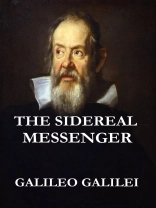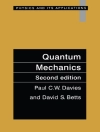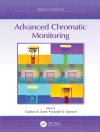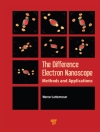Galileo Galilei had seriously considered the priesthood as a young man, at his father’s urging he instead enrolled at the University of Pisa for a medical degree. In 1581, when he was studying medicine, he noticed a swinging chandelier, which air currents shifted about to swing in larger and smaller arcs. It seemed, by comparison with his heartbeat, that the chandelier took the same amount of time to swing back and forth, no matter how far it was swinging. When he returned home, he set up two pendulums of equal length and swung one with a large sweep and the other with a small sweep and found that they kept time together. It was not until Christiaan Huygens almost one hundred years later, however, that the tautochrone nature of a swinging pendulum was used to create an accurate timepiece.To this point, he had deliberately been kept away from mathematics (since a physician earned so much more than a mathematician), but upon accidentally attending a lecture on geometry, he talked his reluctant father into letting him study mathematics and natural philosophy instead. He created a thermoscope (forerunner of the thermometer) and in 1586 published a small book on the design of a hydrostatic balance he had invented (which first brought him to the attention of the scholarly world). Galileo also studied disegno, a term encompassing fine art, and in 1588 attained an instructor position in the Accademia delle Arti del Disegno in Florence, teaching perspective and chiaroscuro. Being inspired by the artistic tradition of the city and the works of the Renaissance artists, Galileo acquired an aesthetic mentality. While a young teacher at the Accademia, he began a lifelong friendship with the Florentine painter Cigoli, who included Galileo’s lunar observations in one of his paintings. Galileo Galilei’s Sidereus Nuncius is arguably the most dramatic scientific book ever published. It announced new and unexpected phenomena in the heavens, “unheard of through the ages.
CONTENTS
- To the Most Serene Cosmo De’ Medici, The Second, Fourth Grand-Duke of Tuscanyiv
- The Astronomical Messengerix
- Introduction.1
- Galileo’s account of the invention of his telescope.3
- Galileo’s first observation with his telescope.4
- Method of determining the magnifying power of the telescope.5
- Method of measuring small angular distances between heavenly bodies by the size of the aperture of the telescope.6
- The Moon. Ruggedness of its surface. Existence of lunar mountains and valleys.8
- The lunar spots are suggested to be possibly seas bordered by ranges of mountains.13
- Description of a lunar crater, perhaps Tycho.15
- Reasons for believing that there is a difference of constitution in various parts of the Moon’s surface.16
- Explanation of the eveness of the illuminated part of the circumfrence of the Moon’s orb by the analogy of terrestrial phenomena, or a possible lunar atmosphere.18
- Calculation to show that the height of some lunar mountains exceeds four Italian miles (22, 000 British feet).22
- The faint illumination of the Moon’s disc about new-moon explained to be due to earth-light.25
- Stars. Their appearance in the telescope30












